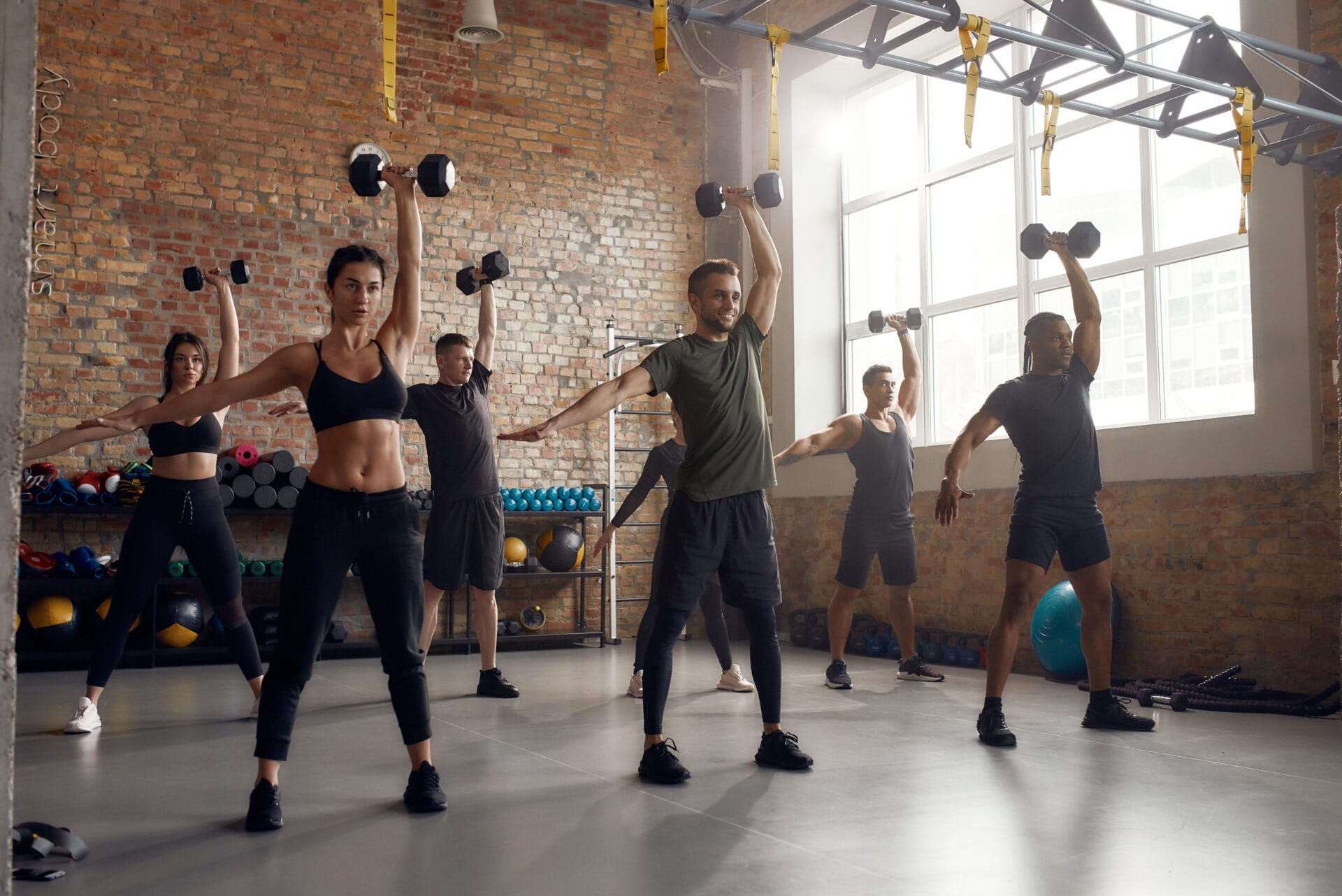As we age, maintaining our balance becomes increasingly important for our overall health and well-being. Good balance is not just about preventing falls; it’s a key component of staying independent and living life to the fullest. At Mountain Land Physical Therapy, we understand the vital role that three interconnected systems – vision, somatosensory, and vestibular – play in maintaining balance. In this blog post, we will explore how these systems influence balance, the risk factors associated with falls, and how our Balance and Vestibular Therapy can help you or your loved ones achieve better balance and reduce the risk of falls.
The Three Systems of Balance:
- Vision
Our sense of balance greatly depends on what our eyes convey about our surroundings and body position. Vision is vital for determining depth and maintaining balance. When vision dominates, problems arise in dark environments or with closed eyes.
- Somatosensory
The somatosensory system informs our brain about our body’s position, helping us maintain balance. Deficits in this system can lead to difficulties on uneven surfaces or muscle weakness.
- Vestibular
The inner ear’s vestibular system provides information about motion and equilibrium. It communicates with the brain and can cause dizziness, disorientation, and imbalance. Changes in body position can exacerbate these issues.
The Risks of Falls
Falls can be life-altering, leading to assisted care or nursing homes. Consider these statistics:
- Each year, one-third of those over 65 report falls.
- Two-thirds will fall again within six months.
- 1 in 200 falls for ages 65-69 result in hip fractures, increasing to 1 in 10 for those 85 and older.
- 250,000 older adults are hospitalized for hip fractures annually.
- A quarter of seniors with hip fractures from falls die within six months.
- 9,500 deaths in older Americans are linked to falls annually.
- Over half of fatal falls involve those 75 and older.
Our Approach to Balance Therapy
At Mountain Land Physical Therapy, we provide a comprehensive approach to balance and vestibular therapy, assessing the three systems and creating personalized treatment plans to strengthen weaknesses. Our treatment includes evaluating lower limb strength, addressing BPPV, vestibular training, and balance exercises.
Addressing the Fear of Falling
Physical therapy can also help individuals overcome the fear of falling, reducing the risk of injurious falls. This is especially important for younger-old adults without balance issues. Building confidence through therapy is key.
Who Benefits from Balance Training?
Anyone at risk for injurious falls can benefit from Balance and Vestibular Therapy, including those with a history of falls, neuropathy, poor vision, or those using assistive devices. Beyond fall prevention, this therapy enhances performance, confidence, and overall well-being.
Achieving and maintaining good balance is a critical aspect of a healthy and independent life, especially as we age. Mountain Land Physical Therapy Eagle location offers specialized Balance and Vestibular Therapy that can help reduce the risk of falls, re-hospitalization, injury, and fear of falling while improving overall functionality and confidence. Don’t wait until a fall changes your life; take proactive steps to enhance your balance and quality of life today.










